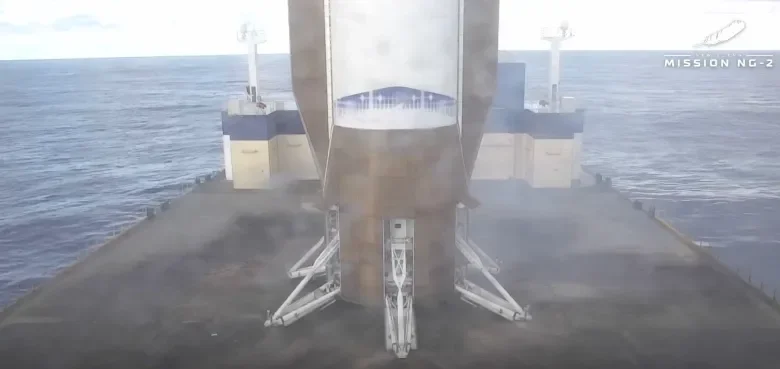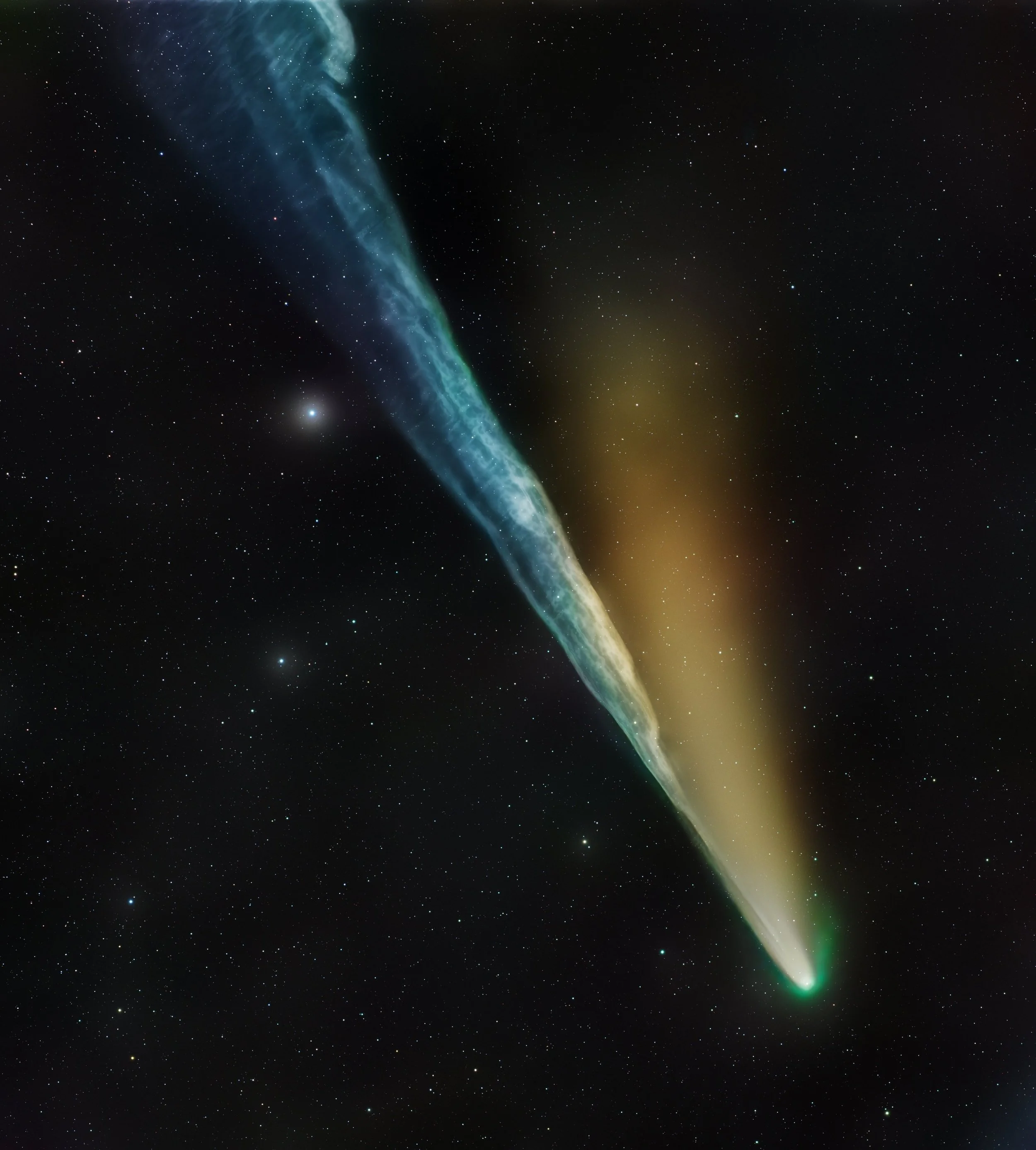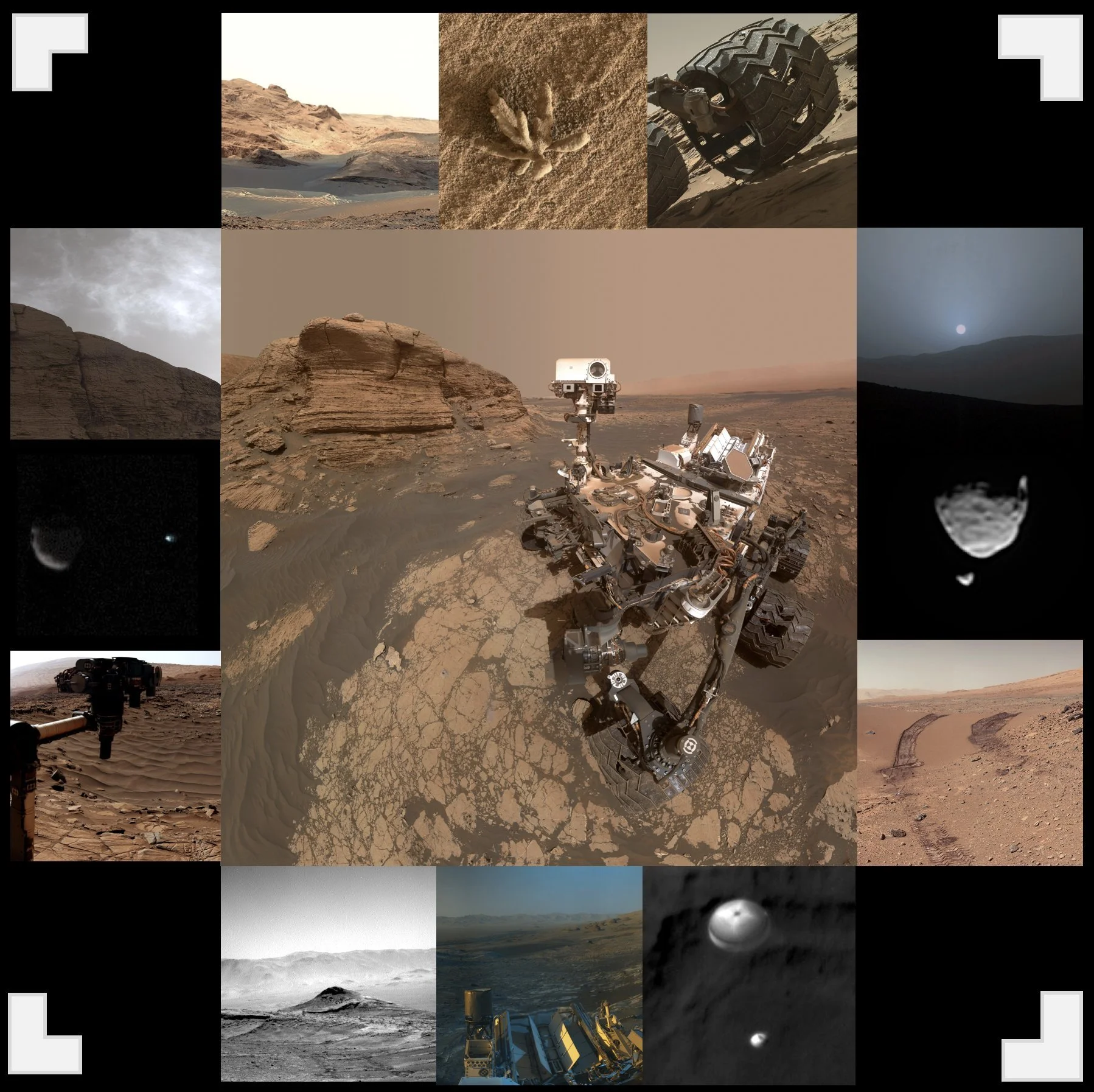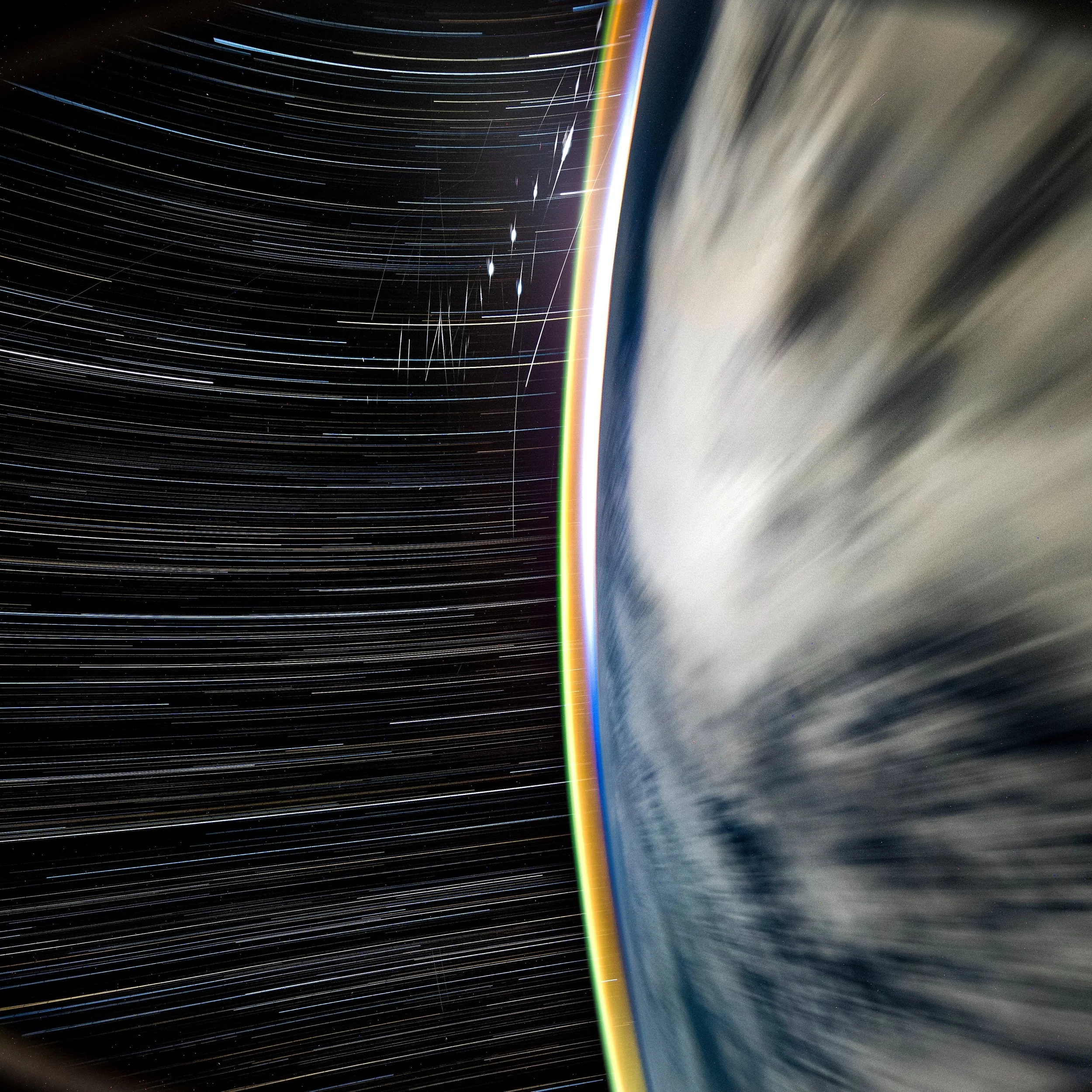Is the universe doomed to suffer a Heat Death (which means cold) or a Big Crunch (or possibly Big Bounce)? Which is it, dammit? For the last 3 decades, scientists have insisted the expansion of the universe was accelerating; that one day no more galaxies would decorate our sky, then no more stars. Then the universe would grow still and cold.
Now some pretty reputable research says...oops? Maybe not? Maybe the expansion is slowing, will eventually stop, then reverse?
You don't need to read the article unless you're into astrophysics. The point is that, for a science fiction writer, all the things we DON'T understand can be very frustrating - but possibly nothing is more frustrating than when we're confident we DO understand something...until we don't.
The fact that the universe is expanding, and that the expansion is accelerating, is baked into the Amaranthe worldbuilding, and not just as background - it's actually somewhat important to the Rasu/Dzhvar shenanigans. If scientists eventually decide that, no, they're now definitely sure it's doing no such thing, that flip is going to painfully date my books for future readers.
And I'm going to be ANNOYED.
https://thedebrief.org/a-potential-paradigm-shift-in-cosmology-scientists-uncover-evidence-the-universes-expansion-is-slowing-down-not-accelerating/
P.S.: For the record, I actually prefer the Big Bounce scenario. If all life in the universe is going to end, better for it to do so in an exciting rush of colliding galaxies and stars into a dramatic singularity, then an explosion to start all over again. No one wants to die cold and alone in the dark.
P.P.S.: A reader on X pushed back a little bit on my take, pointing out that science is not frozen into a fixed, unchanging doctrine like religion; instead it bends and changes as our knowledge grows, and that’s a good thing. And it IS a good thing; in fact, it's one of the most admirable aspects of science. It's just frustrating when you're trying to make your scifi grounded in scientific plausibility & the foundations keep changing. But, that's what I get for writing out on the far edge of what we know!

























